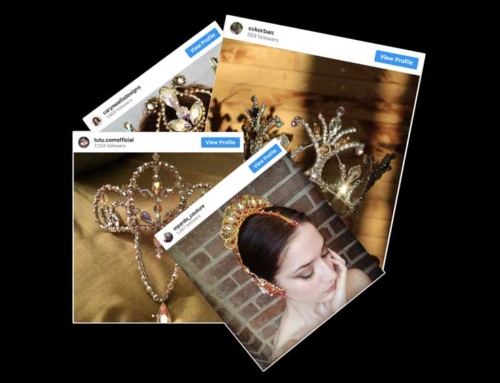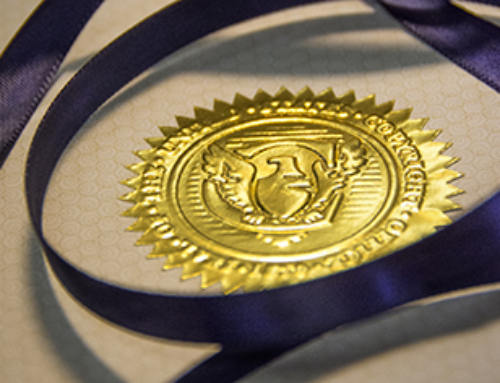Copying, a mortal sin?
Obligatory notice: I am not a lawyer; this is not legal advice. Please contact an attorney if you really want to know if your work is protected or how to enforce your rights!
At a very young age, children of Western cultures have it ingrained in them that copying is bad. It is taught in school as plagiarism. However, the immorality of copying and the ideal of originality isn’t a consistent ideal across time. It emerged in 18th century Europe during the Romantic movement. Its morality differs across cultural boundaries: where some have defined this as a “crime,” others have defined it as flattering. (Wikipedia) See also: Original Copy. Western identity, obsessed with being unique, is being forced upon other cultures–especially in the Far East (read this about copying and its value in Chinese and Japanese culture).
People often conflate what was ingrained in childhood as immoral as real-world punishable crimes and offenses. The first representation of these feelings is that people think ideas are protected and must be original. There are no laws protecting ideas. By using someone’s ideas — even without attribution — you have not committed any crime. Ideas cannot be owned. The feeling that ideas can be owned might be the root of all of these issues. When I write your or my idea, we should consider are these ideas really yours or mine?
Copying is not stealing. Stealing involves tangible items; and ideas are not tangible. Ideas are not protected by any copyright, trademark, or patent law; laws determine crimes not the perception of immorality. When you steal something from someone you deprive them of the use of that item. If I steal your car, you cannot use your car. If I steal your idea, you can still use that idea. There are those who will claim, “but you stole money from me by using my idea!” Yet, ideas in and of themselves have no monetary value. It is the physical expression of that idea that has monetary value. Implying that someone’s use of your idea deprived you of money because they used your idea assumes that (1) they may have sold the product, (2) a person would have bought your product instead, or (3) the customer would have bought from you. The other work could be made better, cheaper, or, in the eyes of the beholder, prettier than your version. Maybe the buyer doesn’t like you, how you make your product, doesn’t have a relationship with you, or might not have any access to the market in which you operate. In other words, it wasn’t the “idea” that they actually purchased. People purchase products which are comprised of more than ideas.
Perhaps it is not money but personal recognition you feel was stolen — credit for your idea. This is a preposterous sentiment. Think about the world around you — all the ideas that you are surrounded by daily — do you see credit given for every manifestation of an idea? Do you see Netflix, Hulu, Youtube, or Amazon Prime given attribution — credit — to StarWorks, the first commercial video streaming service? Imagine: The light bulb — inspired by Edison! The internet — inspired by the US government! Or, the nameplate necklace aka the “Carrie” necklace — inspired by Sex in the City (actually no, not really — see this video). The attribution requirement in school (aka how to avoid plagiarism — which usually applies only to academic papers and journalism) does not apply to everything in life. A creator of a product is not expected to attribute sources of ideas. Even designers for productions, who do extensive research, do not credit their sources in the credits of programs or movies.
Often times as demonstrated with the “Carrie” necklace, people are not even aware of the sources of their ideas and couldn’t properly attribute it anyways. Fame, idolization, and popularity of an individual will spread an idea — not the uniqueness of an idea.
How much must an idea be reduced? Let’s say a nameplate necklace is not in cursive — does that make it original? Should the person who makes a block character nameplate necklace now attribute the maker of the cursive one or pay them money? What if it is a bracelet, barrette, or ring? What if it is in rainbow colors or bejeweled? Fact, the “Carrie” necklace is not unique enough to be granted a copyright from the US Copyright office.
Even if your creation had a copyright, US law does not categorize unlawful use of it as theft. It is called infringement, and infringement and theft are not the same thing (Dowling v. US). I’ve also heard it argued that ideas are property as in intellectual property, and that by using someone’s ideas you have stolen their intellectual property. Intellectual property includes copyrights, patents, trademarks, trade secrets, etc and none of them protect ideas. Furthermore, there are standards under which these legal protections are granted — the “Carrie” necklace an example of where one would not be granted. Therefore, there are no intellectual property rights granted to be stolen.
This may just seem like an argument in semantics. And maybe it is, as using the word stole represents how a person feels. The “copier” has taken recognition or somehow diminished a reputation. Some individuals have a wave of moral indignation wash over them when they see an idea similar to their own manifested. They assume they deserve credit, when perhaps they don’t. They assume their creation is superior; or perhaps they are afraid their creation now looks is inferior.
I would like focus on the law first, because it defines what original authorship is, adequate create spark, and what is and what isn’t protected. What seems morally wrong to some may not be morally wrong to others. These laws help built that common understanding. So, now I will focus on the law as it is in the United States. You might be surprised to know that being new is not required to get a copyright and not everything made is considered creative enough to be registered and thusly, protected in a court of law.
Up Next >> US Copyright Law




